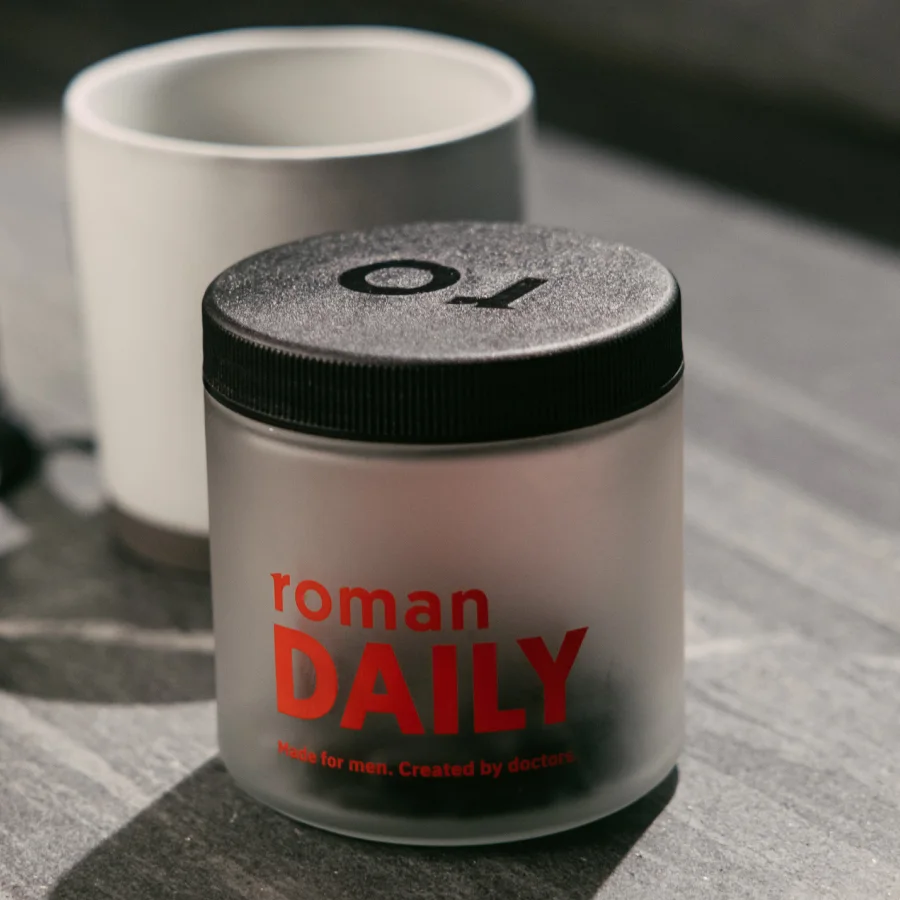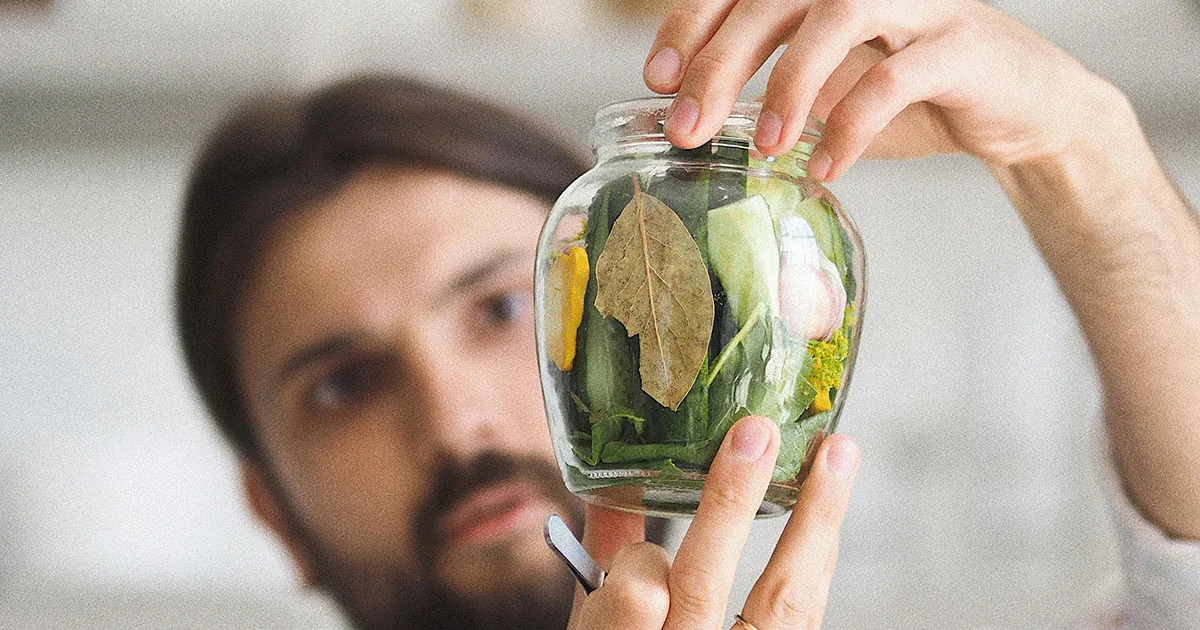Here's what we'll cover
Here's what we'll cover
Vitamin E is an essential nutrient. That means your body needs it but can’t make it, so you need to get it from outside sources, like various vitamin E foods.
Some foods are natural sources of vitamin E. Many of these foods also contain other essential nutrients, such as vitamin C, calcium, selenium, and folate. While it may seem easier just to swallow a multivitamin or other supplement that contains vitamin E, some research has found that getting essential nutrients from foods—instead of from supplements—may lead to better health outcomes (Chen, 2019).
The different types of vitamin E in food
There are eight different nutrient compounds that, collectively, are called vitamin E. These eight types include four that are called tocopherols and four that are called tocotrienols. These eight compounds all have closely-related chemical structures. They’re all primarily found in plants, which produce vitamin E during photosynthesis (Reboul, 2017).
All foods that naturally contain vitamin E also contain all eight tocopherols and tocotrienols. But the exact amounts of these different types of vitamin E can vary from one food to the next (Ahsan, 2015).
Benefits of eating vitamin E foods
Vitamin E may have antioxidant properties. That means it may prevent cell damage caused by free radicals and oxidative stress (NIH, 2021; Mohd Mutalip, 2018).
The different forms of vitamin E also help the cells of the body communicate with one another. They play a role in healthy immune system functioning, and they help prevent inappropriate inflammation. There’s also some evidence linking them to a reduced risk for certain cancers, heart disease, and other chronic diseases (NIH, 2021; Azzi, 2019).
Finally, some research has found that, without sufficient vitamin E, people may be at risk for a specific type of deficiency disease. This disease is rare, but it can cause weakness, poor coordination, slurred speech, and other muscle-related symptoms (Khadangi, 2019).
There’s also some evidence that low vitamin E levels are linked to an increased risk for infections and anemia (low red blood cell counts), poor growth in kids, and pregnancy complications (Traber, 2014).
Foods high in vitamin E
Many foods are sources of vitamin E. But some contain more vitamin E than others.
Also—and this is where things get tricky—the vitamin E in some foods has low bioavailability. That means your body can’t absorb the vitamin E from those foods very well (Reboul, 2017).
For example, both bananas and apples contain vitamin E. But your body can access and use more of the vitamin E in bananas than in apples. The same is true of pasta made from durum wheat, which tends to supply your body with more vitamin E than pasta made with both wheat and eggs.
When taking bioavailability into account, vegetable oils, nuts, and seeds are by far the best sources of vitamin E. These foods contain fats (lipids), which help your body absorb the vitamin (Reboul, 2017).
If you’re looking for more ways to up your vitamin-E intake, all of the following foods are sources of the vitamin (Schmölz, 2016; Reboul, 2017; NIH, 2020):
Vegetable oils, particularly sunflower oil and safflower oil
Seeds, particularly sunflower seeds
Nuts, such as almonds, walnuts, and hazelnuts
Soybeans and soybean oil
Coconut oil
Peanut butter
Barley and wheat germ oil
Leafy green vegetables, such as spinach and broccoli
Butter
Fatty fish
Fruits, including bananas and tomatoes
Fortified breakfast cereals
Because different foods contain differing amounts of the eight types of vitamin E, the National Institutes of Health recommends that people eat a variety of vitamin E-rich foods (NIH, 2020).
Ways to add vitamin E foods into your diet
Based on the U.S. Department of Agriculture’s nutrient database, here are some suggestions for working vitamin E into your daily diet (USDA, n.d.):
Breakfast
A slice of whole wheat bread, topped with two tablespoons of peanut butter, contains approximately 4 mg of vitamin E.
Lunch
A salad made with three cups of kale and topped with a ¼ cup of sunflower seeds packs about 12 mg of vitamin E. Don’t forget to add some protein and carbs to make this a well-rounded, energy-boosting meal.
Snack
Just ¼ cup of raw almonds contains more than 6 mg of vitamin E. And, if a sweet tooth hits, reach for your closest mango. A whole fruit contains 3 mg of vitamin E. For a balanced sweet-and-savory snack that’s around 200 calories, consider pairing your almonds with half a cup of blackberries, which contain 1 mg of vitamin E.
Dinner
Half of a cooked salmon filet, drizzled with 1 tsp of hazelnut oil and paired with a side of asparagus, contains a little over 5 mg of vitamin E. If you’re trying to cut down on meat, swap out that salmon for a veggie burger. Make sure you use a whole wheat bun and make it with vitamin E foods like broccoli, which contains 8% (1.1 mg) of your recommended dietary allowance (RDA) with every half cup.
How much vitamin E do you need?
In the U.S., the recommended dietary allowance (RDA) for vitamin E is 15 mg (22 international units, IU) for adults (Kemnic, 2021). That’s about the amount found in 2/3 cup of sunflower seeds or almonds (USDA, n.d.).
Research shows that more than 90% of Americans may not be getting enough vitamin E content in their diets (Traber, 2014). However, this low intake of vitamin E doesn’t seem to lead to deficiencies, and vitamin E deficiencies are uncommon in the U.S. (Kemnic, 2021).
Also, there doesn’t seem to be an association with low dietary intakes of vitamin E and any standout health problems. Vitamin E deficiency that can lead to health issues usually stems from certain diseases in which fat is not properly digested or absorbed (NIH, 2021).
Finally, there’s some evidence that daily high doses of vitamin E supplements (400 international units) may be risky because they may increase the risk of prostate cancer (NIH, 2021; Klein, 2011). As always, it is best to check with your healthcare provider before taking any supplements.
Your body needs vitamin E. It uses it for a handful of important jobs. Some foods are good sources of vitamin E, and including these foods in your diet—especially nuts and seeds, which research links to improved overall health—may be a helpful and safe way to meet your body’s vitamin E requirements (Alae-Carew, 2020).
DISCLAIMER
If you have any medical questions or concerns, please talk to your healthcare provider. The articles on Health Guide are underpinned by peer-reviewed research and information drawn from medical societies and governmental agencies. However, they are not a substitute for professional medical advice, diagnosis, or treatment.
Ahsan, H., Ahad, A., & Siddiqui, W. A. (2015). A review of characterization of tocotrienols from plant oils and foods. Journal of Chemical Biology , 8 (2), 45–59. doi: 10.1007/s12154-014-0127-8. Retrieved from https://www.ncbi.nlm.nih.gov/pmc/articles/PMC4392014/
Alae-Carew, C., Nicoleau, S., Bird, F. A., Hawkins, P., Tuomisto, H. L., Haines, A., Dangour, A. D., & Scheelbeek, P. (2020). The impact of environmental changes on the yield and nutritional quality of fruits, nuts and seeds: a systematic review. Environmental Research Letters : ERL [Web site] , 15 (2), 023002. doi: 10.1088/1748-9326/ab5cc0. Retrieved from https://iopscience.iop.org/article/10.1088/1748-9326/ab5cc0/pdf
Azzi, A. (2019). Tocopherols, tocotrienols and tocomonoenols: Many similar molecules but only one vitamin E. Redox Biology , 26 , 101259. doi: 10.1016/j.redox.2019.101259. Retrieved from https://www.sciencedirect.com/science/article/pii/S2213231719305336#bib7
Browne, D., McGuinness, B., Woodside, J. V., & McKay, G. J. (2019). Vitamin E and Alzheimer's disease: what do we know so far?. Clinical Interventions in Aging , 14 , 1303–1317. doi: 10.2147/CIA.S186760. Retrieved from https://www.ncbi.nlm.nih.gov/pmc/articles/PMC6645610/
Chen, F., Du, M., Blumberg, J. B., Ho Chui, K. K., Ruan, M., Rogers, G., et al (2019). Association Among Dietary Supplement Use, Nutrient Intake, and Mortality Among U.S. Adults: A Cohort Study. Annals of Internal Medicine , 170 (9), 604–613. doi: 10.7326/M18-2478. Retrieved from https://www.ncbi.nlm.nih.gov/pmc/articles/pmc6736694/
Khadangi, F., & Azzi, A. (2019). Vitamin E - The Next 100 Years. IUBMB life , 71 (4), 411–415. doi: 10.1002/iub.1990. Retrieved from https://pubmed.ncbi.nlm.nih.gov/30550633/
Klein, E. A., Thompson, I. M., Jr, Tangen, C. M., Crowley, J. J., Lucia, M. S., Goodman, P. J., et al. (2011). Vitamin E and the risk of prostate cancer: the Selenium and Vitamin E Cancer Prevention Trial (SELECT). JAMA , 306 (14), 1549–1556. doi: 10.1001/jama.2011.1437. Retrieved from https://pubmed.ncbi.nlm.nih.gov/21990298/
Mohd Mutalip, S. S., Ab-Rahim, S., & Rajikin, M. H. (2018). Vitamin E as an Antioxidant in Female Reproductive Health. Antioxidants (Basel, Switzerland) , 7 (2), 22. doi: 10.3390/antiox7020022. Retrieved from https://www.ncbi.nlm.nih.gov/pmc/articles/PMC5836012/
National Institutes of Health (NIH). (2021, March 26). Office of dietary supplements - vitamin E . Retrieved November 1, 2021, from https://ods.od.nih.gov/factsheets/VitaminE-HealthProfessional/#en1
Reboul, E. (2017). Vitamin E Bioavailability: Mechanisms of Intestinal Absorption in the Spotlight. Antioxidants (Basel, Switzerland) , 6 (4), 95. doi: 10.3390/antiox6040095. Retrieved from https://pdfs.semanticscholar.org/f9d7/9c4b4aa57a182adf44751d1c57aec9de047a.pdf
Schmölz, L., Birringer, M., Lorkowski, S., & Wallert, M. (2016). Complexity of vitamin E metabolism. World Journal of Biological Chemistry , 7 (1), 14–43. doi: 10.4331/wjbc.v7.i1.14. Retrieved from https://www.ncbi.nlm.nih.gov/pmc/articles/PMC4768118/
Traber, M. G. (2014). Vitamin E inadequacy in humans: causes and consequences. Advances in Nutrition (Bethesda, Md.) , 5 (5), 503–514. doi: 10.3945/an.114.006254. Retrieved from https://www.ncbi.nlm.nih.gov/pmc/articles/PMC4188222/
United States Department of Agriculture (USDA). (n.d.). Food Data Central: Search results for vitamin E (alpha-tocopherol) . Retrieved October 27, 2021 from https://fdc.nal.usda.gov/fdc-app.html#/?component=1109
United States National Institutes of Health (NIH). (2020). Vitamin E Fact Sheet for Consumers . Retrieved October 27, 2021 from https://ods.od.nih.gov/pdf/factsheets/vitamine-Consumer.pdf










